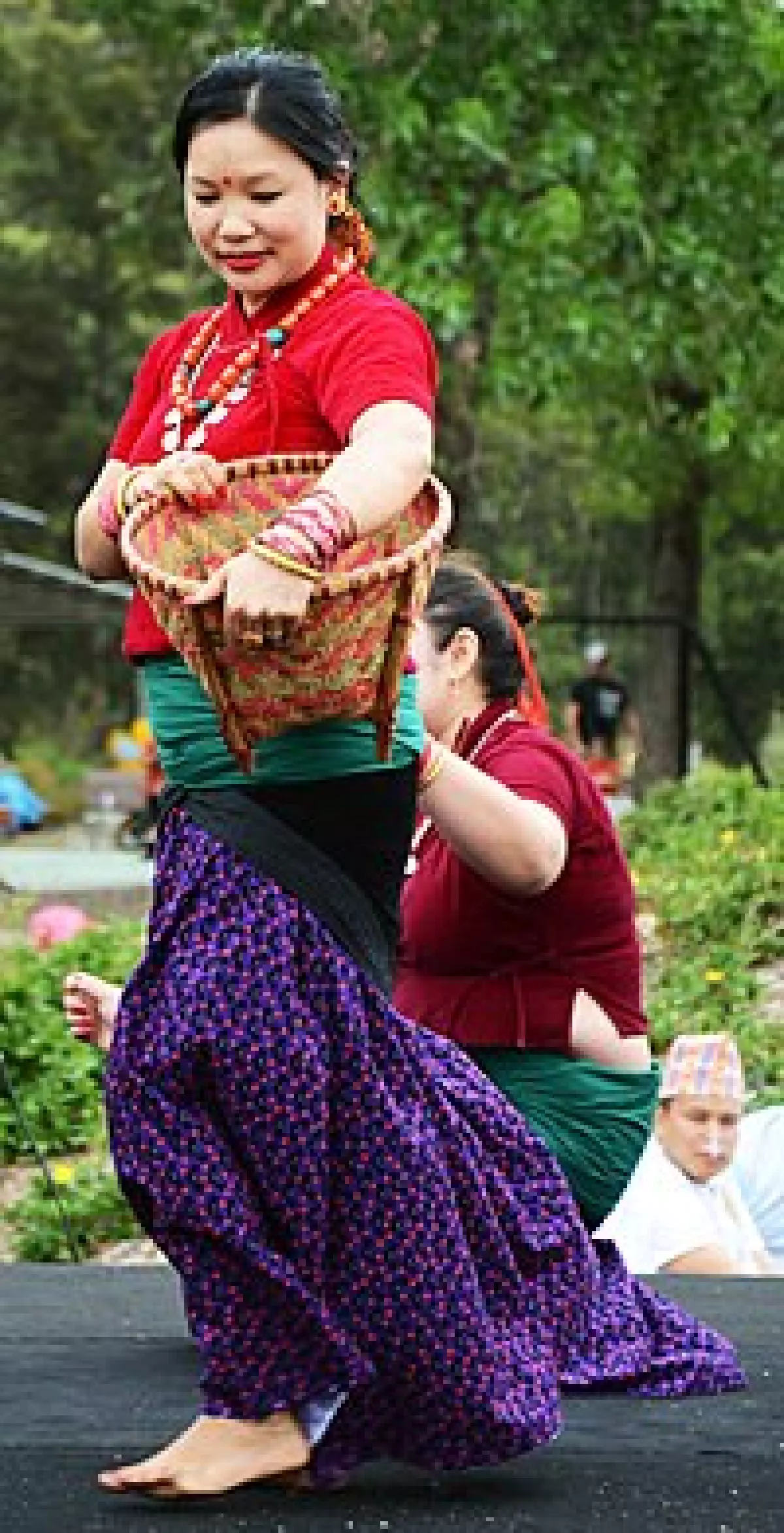 Winter Solstice
Winter Solstice
Maghe Sankranti is a vibrant festival observed by Nepali Hindus, Buddhists, and Kirat communities. It takes place on the first of Magh in the Vikram Sambat (B.S) or Yele calendar, marking the end of the winter solstice. This auspicious day brings joy, celebrations, and a sense of togetherness among people. Let's delve into the traditions and significance of this ancient festival.
Embracing the End of Winter
Maghe Sankranti holds a special place in Nepalese culture, symbolizing the start of a favorable phase. After a period of inauspiciousness, which commences around mid-December, this festival marks a new beginning. As the sun starts its northward journey, the days grow longer, and the warmth of spring replaces the chill of winter. It's a time of hope and anticipation for a bountiful harvest.
 Maghe Sankranti celebration
Maghe Sankranti celebration
Ritual Baths and Festive Delights
The devout Hindus partake in sacred ritual baths during Maghe Sankranti to purify their souls. Numerous holy sites across Nepal attract devotees seeking blessings and renewal. Sankhamul on the Bagmati near Patan, Triveni in the Gandaki/Narayani river basin, Ridi on the Kaligandaki, and Dolalghat on the Koshi River basin are popular destinations for these ritual baths. Furthermore, festive foods like laddoo, ghee, and sweet potatoes are shared among family and friends, spreading joy and cheer.
Makar Sankranti and the Winter Solstice Connection
In Nepal, many people associate Maghe Sankranti with the Winter Solstice. This belief stems from the idea that the sun completes its southward journey at the Tropic of Capricorn and begins its ascent towards the Tropic of Cancer on this day. While there is no explicit solar observance of the Winter Solstice, the festival of Vaikuntha Ekadashi, calculated based on the lunar calendar, occurs nearby. Thus, Maghe Sankranti signifies the celebration of the day following the Winter Solstice.
 Caption: Winter Solstice
Caption: Winter Solstice
Unity in Diversity
Maghe Sankranti is celebrated across Nepal with immense enthusiasm. Although the festival bears different names and rituals in various regions, the underlying spirit of unity prevails. In northern and western Nepal, it is observed as the Makar Sankranti day, marked by distinctive customs and fervor. Historical and religious texts, like the Mahabharata, also commemorate the significance of this day.
As the festival honors the Sun God, a symbol of divinity and wisdom, it holds deep spiritual meaning. Maghe Sankranti ushers in a period of auspiciousness and serves as a reminder to embrace the changing seasons with gratitude and joy.
Conclusion
Maghe Sankranti is a joyous festival that marks the end of winter and the beginning of a promising harvest season in Nepal. The rich traditions, ritual baths, and delectable feasts bring families and communities together, fostering a sense of unity and happiness. As the warmth of the sun fills the air and nature awakens, Nepalis welcome this festival with open hearts and open arms.
Reference:











